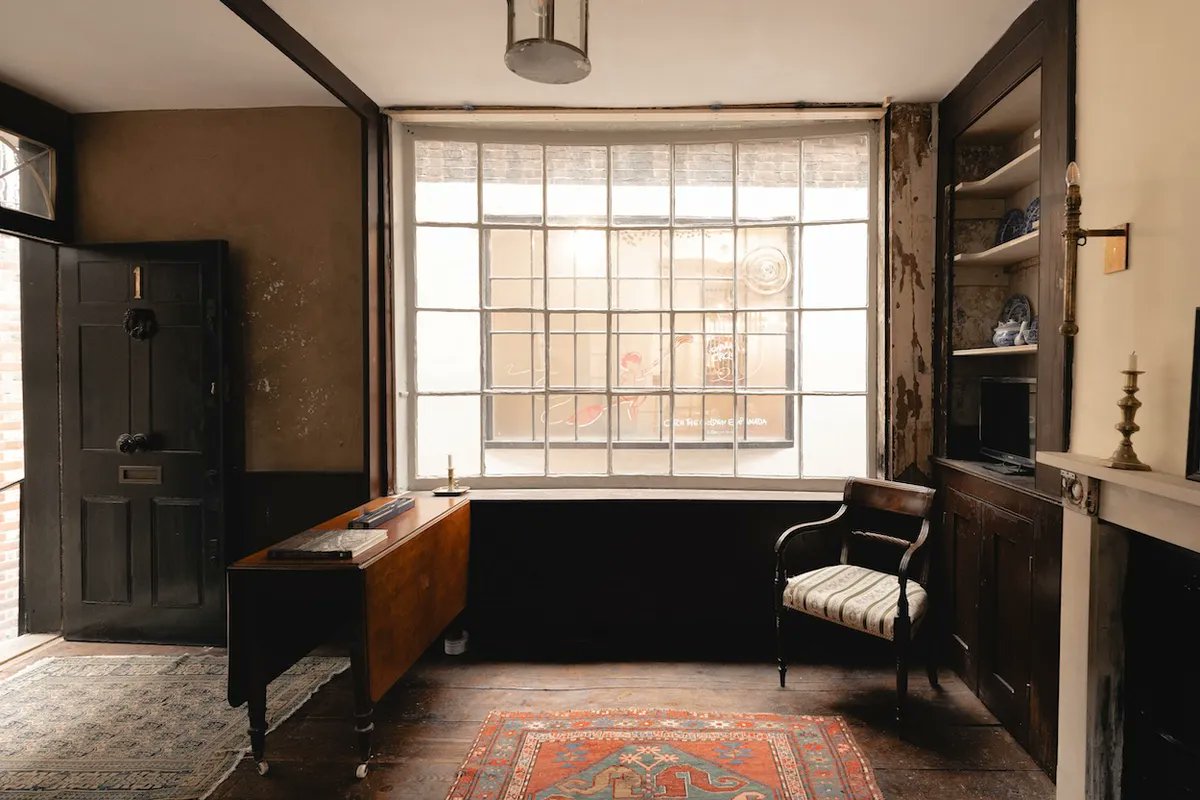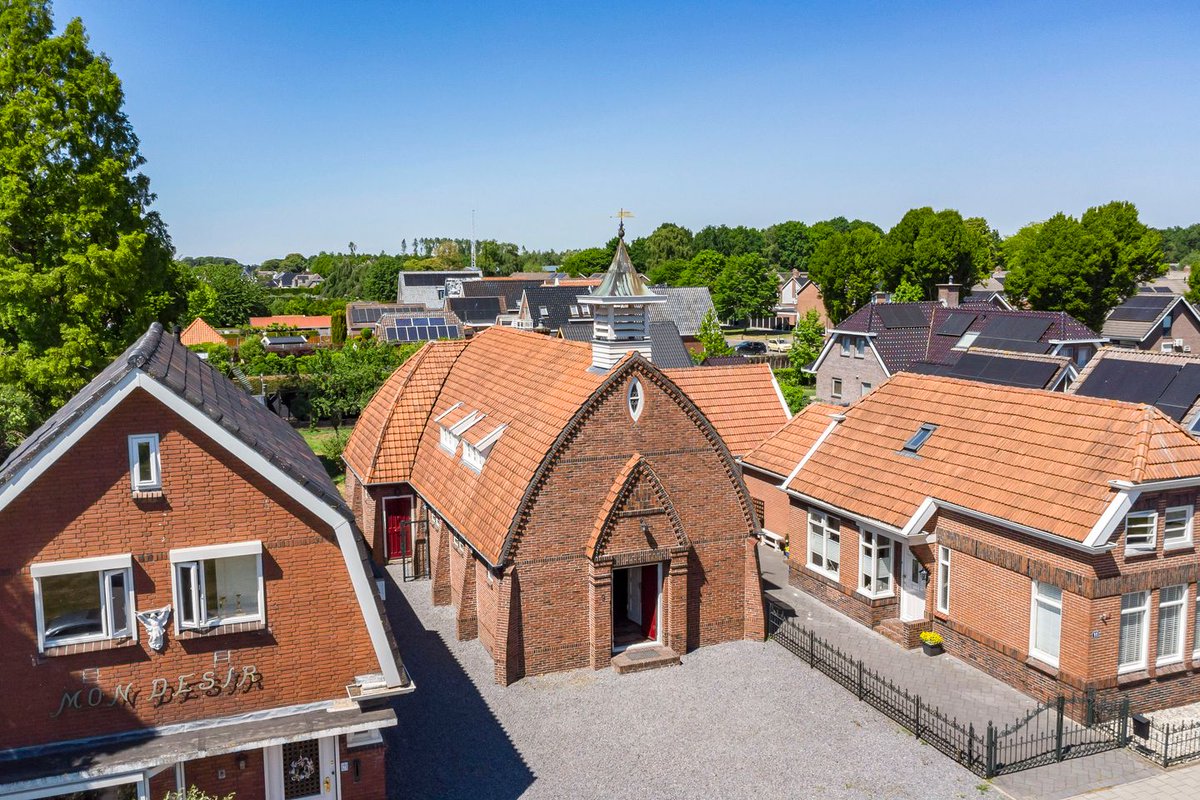Today I'm reviewing another @MagellanTVDocs documentary; 'Ancient Inventions of City Life'.
Watch it for free for 7 days here:
magellantv.com/series/ancient…
Get a one month free membership here:
try.magellantv.com/fakehistoryhun…
#magellantv #freedocumentary
Watch it for free for 7 days here:
magellantv.com/series/ancient…
Get a one month free membership here:
try.magellantv.com/fakehistoryhun…
#magellantv #freedocumentary

It is presented by the late Terry Jones, who of course was part of Monty Python but later became a wonderful writer and documentary maker.
I love Terry, not just because of the way he presents but also because he reminds me a lot of my dad.
I love Terry, not just because of the way he presents but also because he reminds me a lot of my dad.

This episode is about the history of cities, how people adapted to living in them and what we can learn from our ancestors.
A few highlights;
I love hearing about how we have skyscrapers today and then having them compared to the centuries old towers of Italy and Yemen.

A few highlights;
I love hearing about how we have skyscrapers today and then having them compared to the centuries old towers of Italy and Yemen.


Terry also speaks of the Roman apartment blocks, we recently chatted about them here on Twitter.
There's mention of one of these towers having 8th floors!
Here's that old thread;

There's mention of one of these towers having 8th floors!
Here's that old thread;
https://twitter.com/fakehistoryhunt/status/1375139905131704326

Most documentaries and movies only show us the villas and pretty side of Roman life, Terry shows us one of the apartment blocks and reminds us that most people lived like that!
Wait what, an ox fell from the 4th floor?!
Wait what, an ox fell from the 4th floor?!

Terry tells us the story of Nero fiddling as Rome burned is totally untrue, yay Terry, fighting fake history! 

Look at that, a fire engine, designed by Hero of Alexandria 2000 years ago!
en.wikipedia.org/wiki/Hero_of_A…
Archimedes screw, the reason most of my country is no longer sea!

en.wikipedia.org/wiki/Hero_of_A…
Archimedes screw, the reason most of my country is no longer sea!


Concrete is quite old, the Pantheon's dome (2nd century AD) is still one of the largest in the world!
It is a myth that the recipe for concrete was lost after the Roman era btw, sorry Terry, got to correct you there.

It is a myth that the recipe for concrete was lost after the Roman era btw, sorry Terry, got to correct you there.


The technology of making specific types of concrete was lost, but regular old concrete/cement remained in use during the middle ages.
The Taxi-meter, also 2000 years old!

The Taxi-meter, also 2000 years old!


Terry reminds us that although Gutenberg was responsible for a revolution in printing, he did not invent the technique of printing with moveable type, we have the Chinese to thank for that.
Another ancient invention; fast food, the snack-bar... and the hamburger!
Another ancient invention; fast food, the snack-bar... and the hamburger!

Street lighting... yep also around since ancient times!
Ephesus, Antioch & Rome had their own street lighting.
And here, a portable gas light!

Ephesus, Antioch & Rome had their own street lighting.
And here, a portable gas light!


It's a lovely documentary to watch, quite funny and educational.
Full of little facts you can use to impress your friends with.
And as Terry concludes; "we're no cleverer than our ancestors".


Full of little facts you can use to impress your friends with.
And as Terry concludes; "we're no cleverer than our ancestors".



So enjoy it, Magellantv has made it available for free for me to share with you, go check it out, enjoy;
Let me know what you think, you can see it here for free: magellantv.com/series/ancient…
And if you want to sign up for MagellanTV, check out my offer;
try.magellantv.com/fakehistoryhun…
Let me know what you think, you can see it here for free: magellantv.com/series/ancient…
And if you want to sign up for MagellanTV, check out my offer;
try.magellantv.com/fakehistoryhun…
• • •
Missing some Tweet in this thread? You can try to
force a refresh



























